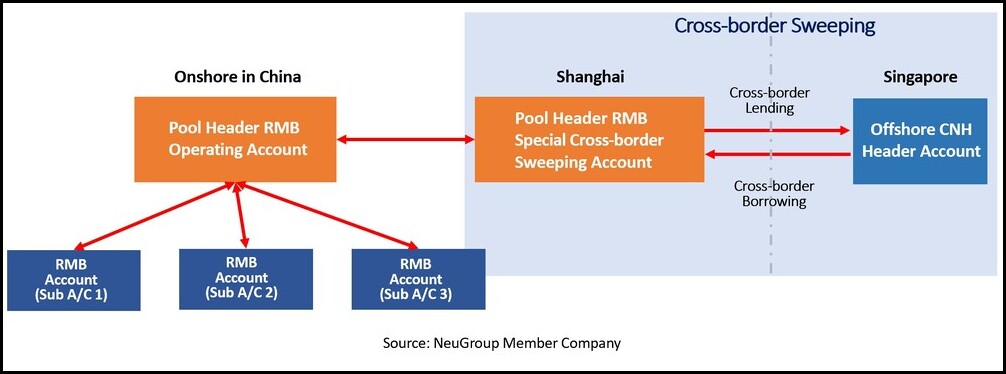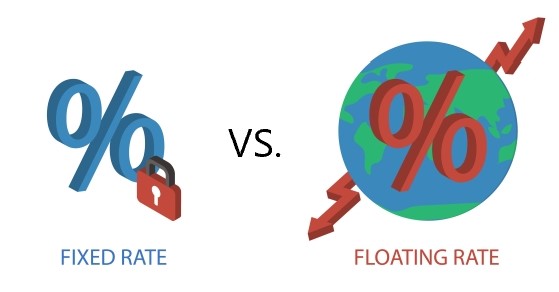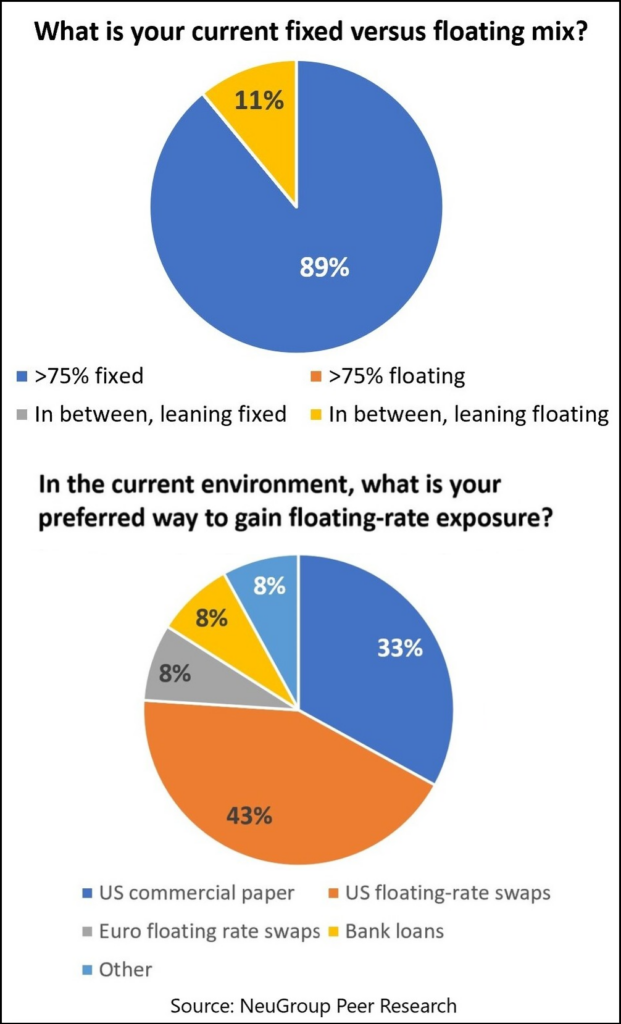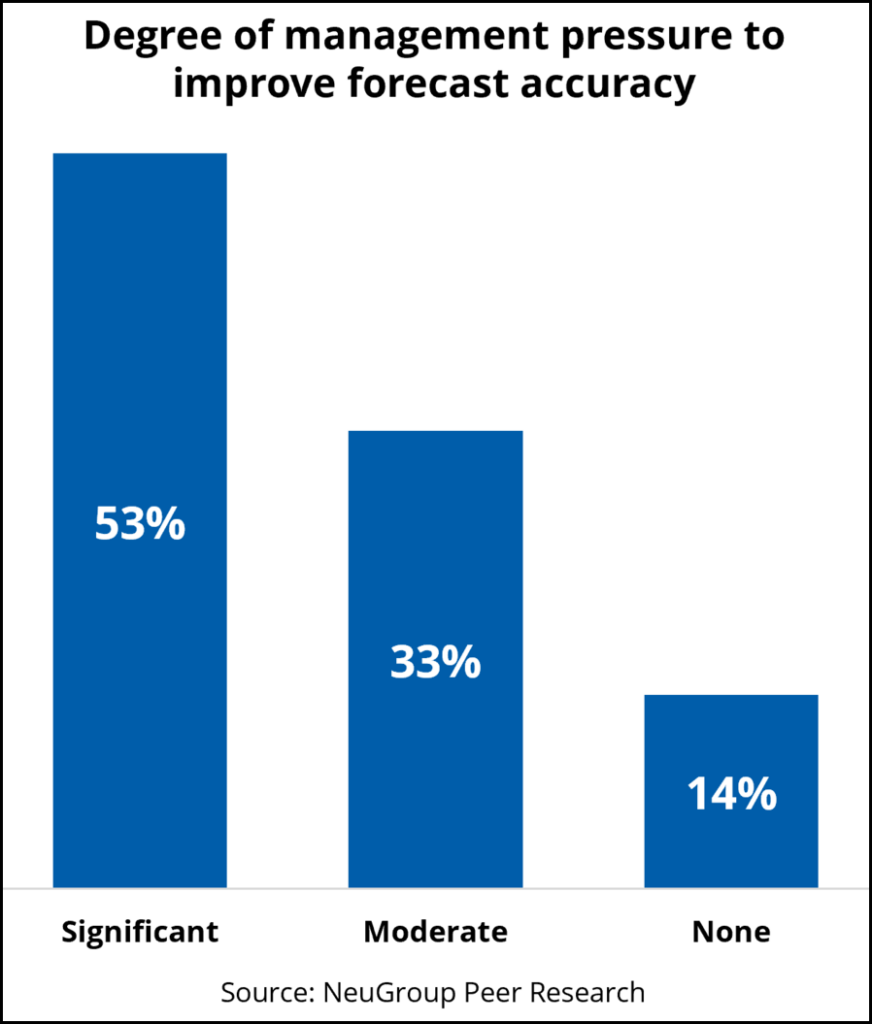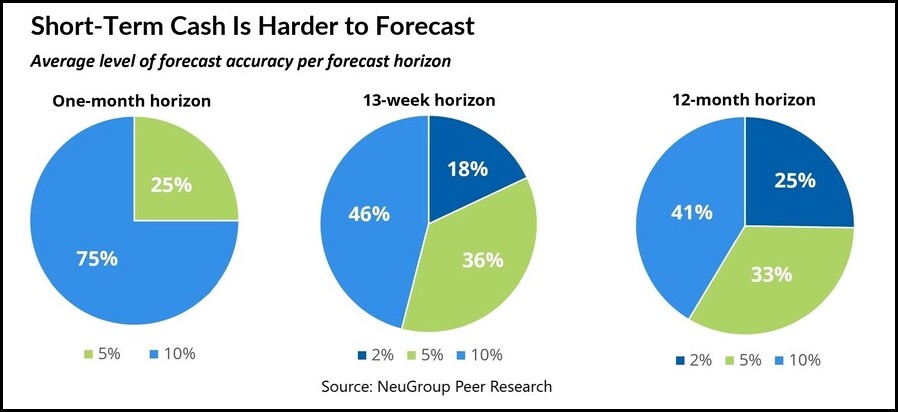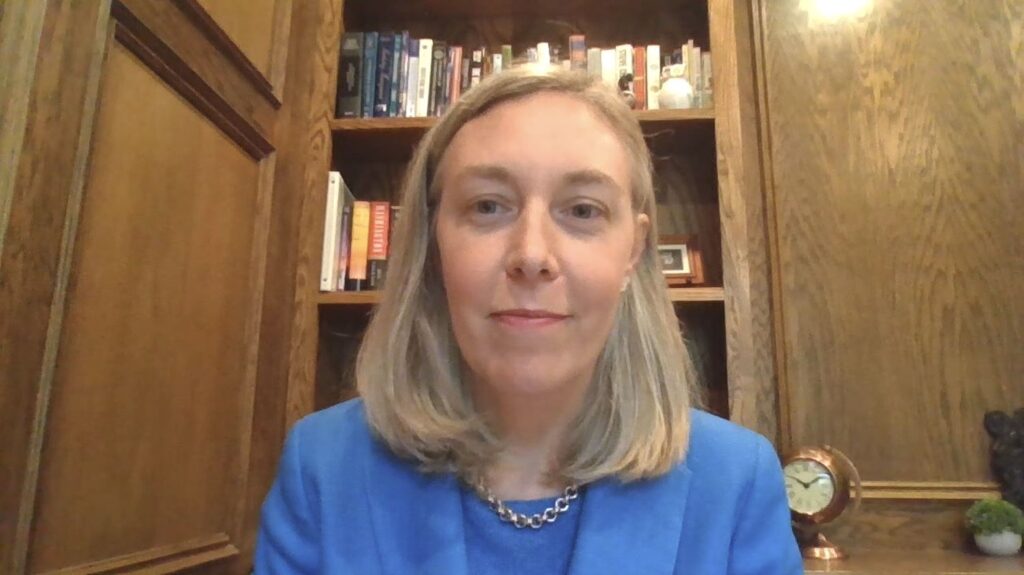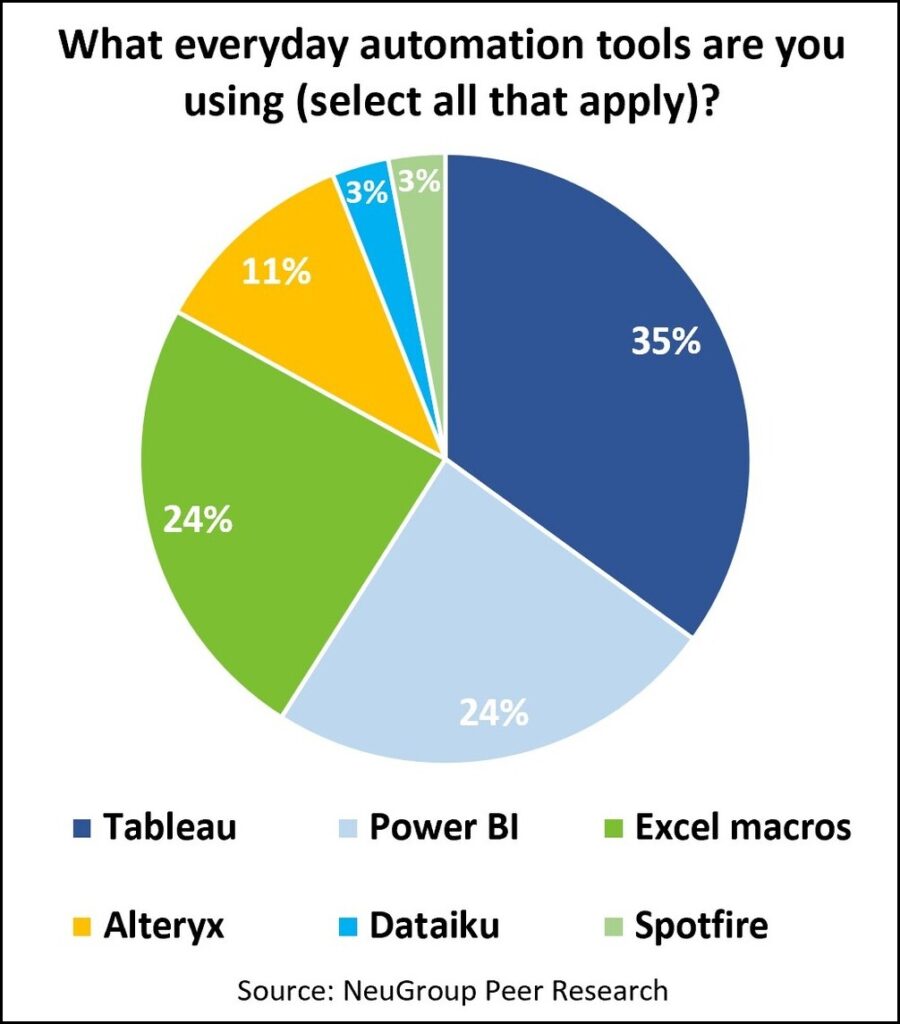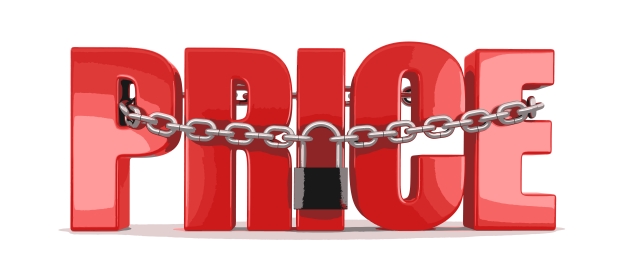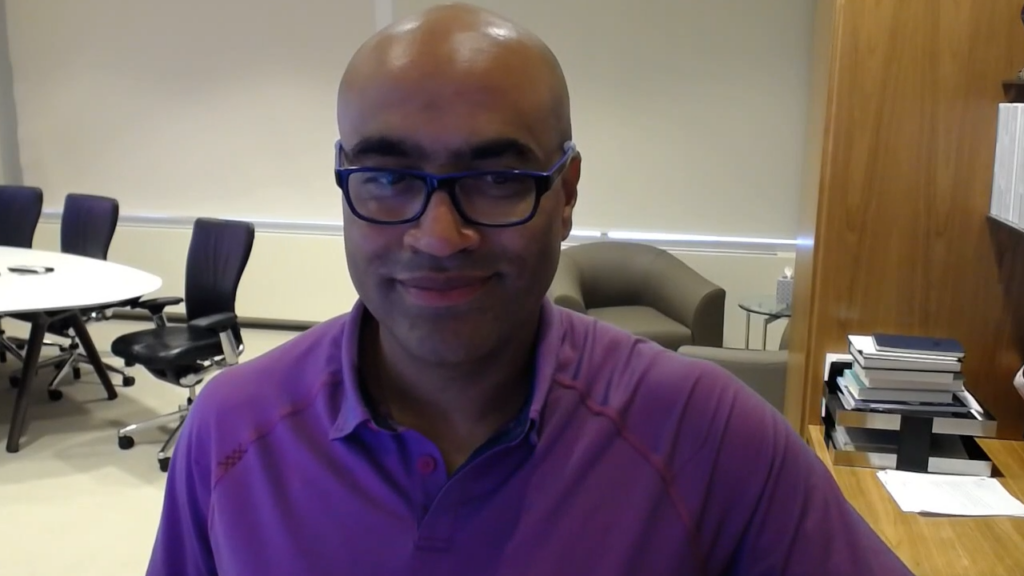
FX volatility and economic uncertainty are putting pressure on treasury to optimize risk management programs and provide management and the business with insight and foresight on how currency moves can impact revenue and the P&L.
FX risk managers are under the microscope. “For the last six months, there’s been more intense attention on what my team is doing than for the past five years,” said a member of NeuGroup for Foreign Exchange.
He is not alone. The US dollar’s ascent, surging inflation and a global economic slowdown have made management of currency risk a top priority for CFOs. For US-based multinationals, a stronger dollar and weaker overseas sales are a double whammy: Lower foreign-sourced income is now translated at a less advantageous exchange rate, adversely affecting earnings and potentially introducing unwelcome volatility into financial results.
FX volatility and economic uncertainty are putting pressure on treasury to optimize risk management programs and provide management and the business with insight and foresight on how currency moves can impact revenue and the P&L.
FX risk managers are under the microscope. “For the last six months, there’s been more intense attention on what my team is doing than for the past five years,” said a member of NeuGroup for Foreign Exchange.
He is not alone. The US dollar’s ascent, surging inflation and a global economic slowdown have made management of currency risk a top priority for CFOs. For US-based multinationals, a stronger dollar and weaker overseas sales are a double whammy: Lower foreign-sourced income is now translated at a less advantageous exchange rate, adversely affecting earnings and potentially introducing unwelcome volatility into financial results.
Meanwhile, members of our two FX risk management peer groups say they continue to struggle on two primary fronts:
- Accessing accurate and comprehensive information about balance sheet and cash flow exposures.
- Leveraging the data to develop effective risk management strategies, e.g., by analyzing the cost of hedging vs. benefits and selecting hedge tenors, coverage ratios and instruments.
Automation at the core. Treasuries have long struggled to collect reliable data about FX-denominated cash flows and monetary assets and liabilities. At the root of this issue is the lack of data availability and accessibility, a product of incongruous systems and antiquated and manual approaches to collecting exposure information.
- To get a better read on risk, “we would have to look at our multiple entities and multiple instances of SAP,” said a weary FX risk manager. “In a perfect world, we would have one instance of one ERP.”
- Even with balance sheet exposures, “hedging often feels like a game of whack-a-mole,” said another member. “We are looking to improve both forecast accuracy and how the book is recorded,” she said.
- The situation is worse with cash flow exposures: It’s not uncommon to have dozens of business units manually gathering data and emailing Excel spreadsheets with varying degrees of accuracy. Consolidating the forecasts is time-consuming and creates a bottleneck for treasury as it tries to put on the right hedges at the right time.
Advanced capabilities. That is why more NeuGroup members are looking for a dedicated FX solution that goes beyond the capabilities of many of today’s TMSs and ERPs. “With a dedicated tool, business unit finance staff can log in directly to input the data and see the data both locally and at the enterprise level,” explained Chatham Financial’s Jason Peterson. At an October FX risk managers meeting, one member said, “We are analyzing our business requirements and thinking about how a solution could work with our overall systems landscape. For us, that’s priority No. 1.”
The good news is that best-in-breed FX risk management tools—for example, ChathamDirect—can integrate easily with multiple source systems including ERPs and cash management systems. “With ChathamDirect’s end-to-end SaaS solution, you can easily gather and consolidate cash flow forecasts and balance sheet exposures from your global business units to streamline your processes. You can also view and analyze your total exposure anywhere, at any time.” Mr. Peterson said.
A single source of the truth. Collecting the data automatically is a critical first step. However, storing it so it is accessible to different constituents as well as available for running analytics is essential to supporting smart decisions about hedging. Currently, most companies have separate processes for curating the data for their balance sheet and cash flow exposure information. This “split-screen” view hampers the development of holistic, cost-effective hedging programs.
- “Data-wise, we would like to have all of our info in one place, including balance sheet exposures and cash flows,” one NeuGroup member said. The convergence of the information flows “provides huge opportunities to streamline hedging across the global organization,” he said.
- “Because ChathamDirect siphons data on both types of exposures and stores them in a single location, it enables treasury to look across the global exposures at a granular level,” Mr. Peterson said.
Extracting more insights. Data is only important when it leads to insight and action. According to treasury leaders, more advanced FX risk analytics features are increasingly important. “We’re looking at a system to do exposure management. We want a tool that will pick up historic rates and run them through different analyses to determine what could impact us,” said one member.
The combination of a big-picture view of risk across exposure types with transaction-level data fuels ChathamDirect’s analytics engine, which enables treasury to:
- Quickly spot changes in historical trends and drill down to identify root causes.
- Assess individual subsidiaries’ levels of forecast accuracy to help them improve their processes and drive true accountability at the business unit level.
- Gauge which subsidiary has updated its forecast (or not) to ensure all exposure information is up to date.
- Identify and remedy situations where exposure limits specified in company policy have been breached.
- Review counterparty risk across all derivative trades.
- Allocate accounting at the appropriate level of the organization.
Finding the efficient frontier. Rising interest rates have also reignited the old debate about whether hedging is worth the cost.
- “We are looking to understand the efficient frontier,” one risk manager explained. “I’d like to develop something to take to the CFO to demonstrate that we are on that line, by running a comprehensive risk assessment against risk appetite.”
- ChathamDirect can help here. “With the availability of data, treasury has the capability to balance the desired level of risk reduction with the lowest cost of hedging by reducing the number of trades and selecting the right derivatives,” said Mr. Peterson. This applies to forecasted cash flows as well as balance sheet hedging.
- “Hedging has become more expensive. We’ve experienced higher forward points, which lead to more questions from the top about whether it pays to hedge,” reported another member. According to Mr. Peterson, “By producing insight into the cost of hedging compared to the overall risk exposure, treasury can have a more productive conversation with the CFO about the effects of hedging.”
Continuing business insight. The benefits of a dedicated and comprehensive risk management tool go beyond hedging efficiency and effectiveness. Visibility into global, subsidiary-level information also offers treasury a unique lens through which to view the performance of each business.
Changes in exposure patterns can act as an early warning system—a leading indicator of shifts in market conditions. “ChathamDirect’s analytics functionalities allow treasury to get to the root cause of changes in sales forecasts and leverage the insight to inform more productive conversation with business partners and leadership,” Mr. Peterson said. “The ability to quickly access data across both programs is essential to making impactful decisions.”



